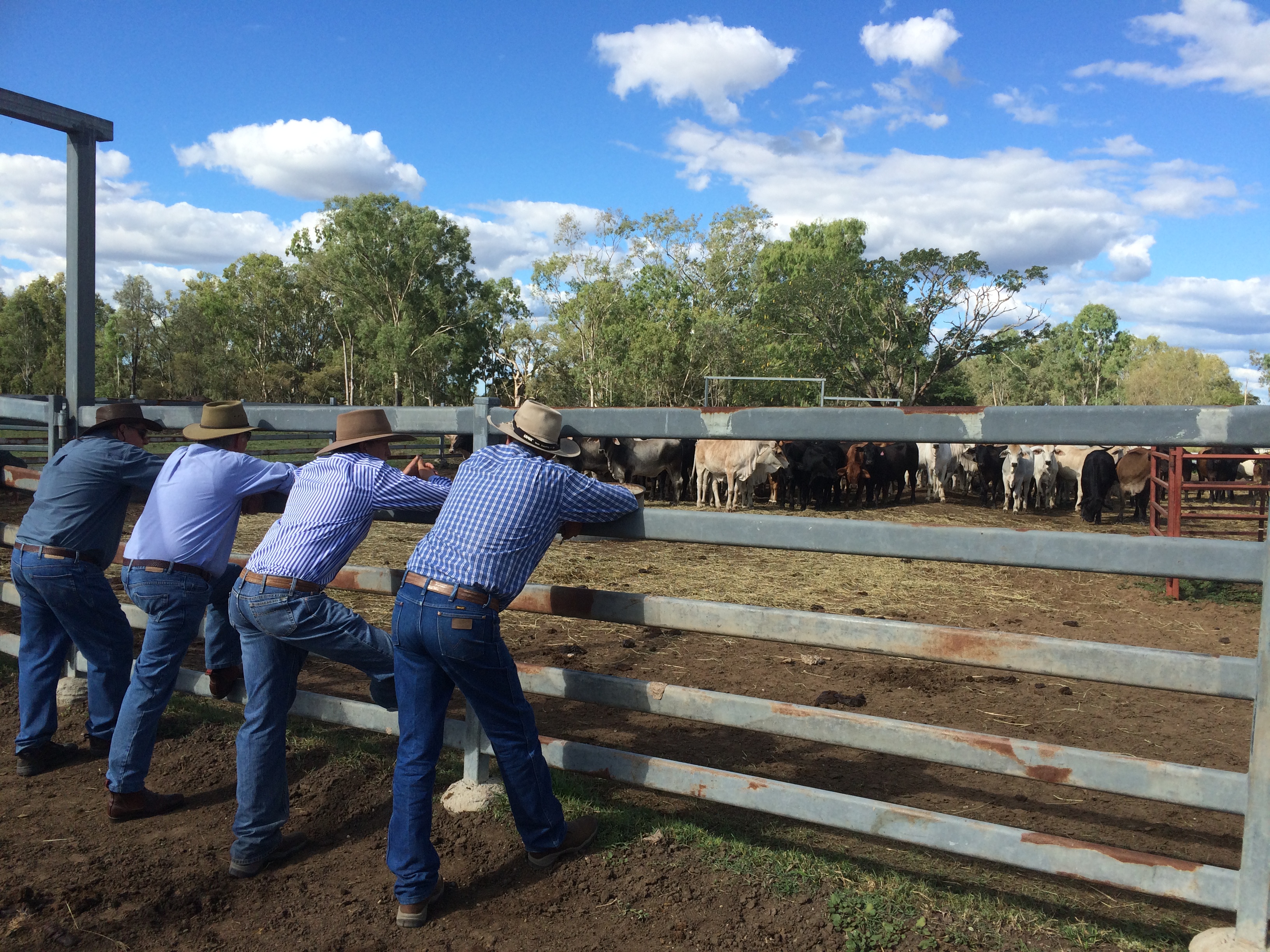
Eating meat pies, eating your values and eating to feel good
Some observations from US food writer Alexei Rudolf
We’ll start this month’s Meat Mail with a travel tip: not all meat pies are created equal. If you’re into all things Aussie or have a few Aussie mates, you’ve probably heard about how fantastic the meat pies are in Australia. I’d heard about them before a recent trip to Australia (my first) and had trying one squarely on my Down Under bucket list. It turns out that meat pies cover a spectrum of needs from high end dining to road trip fare which is what I ended up having one ravenous afternoon at a gas station somewhere in rural Victoria. Definitely have a meat pie, but aim a little higher than I did.
I was in Austrlia for a tri-ennial event that takes place in Rockhampton (aka “Rocky”) in Queensland Australia called “Beef Australia” or “Beef Week” to those in the know. It’s an immense gathering of about 78,000 cattlemen and women from across Australia and around the globe, all gathering together for a full week of cattle judging, culinary demonstrations from celebrity chefs, educational seminars and tours of some of Queensland’s most innovative and successful cattle properties. This is a pretty typical scene from a tour around Rocky – note the iconic “cowboy lean” and distinctive attire.
Yours truly was invited to speak about the recent rise in demand from the US for the chilled (not frozen) cuts of grassfed beef from Australia. This beef is sold to foodservice and retailers in the US at a premium for their grassfed attributes, and now at a rate of over 60,000 metric tons a year. Producers were keen to know what the future might hold for American appetites for Aussie grassfed beef, and what’s driving the demand today.
Here’s what I told them:
American appetites for grassfed beef are driven by a desire to “eat our values” and choose foods that make us feel good; in this case, it’s about the environmental sustainability and positive animal welfare aspects of the grassfed food choice. It’s especially true among younger demographics, including millennials, that much coveted cohort.
Making food choices that feel good has another element as well in grassfed – the idea of eating healthier. Grassfed beef is leaner cut-to-cut and has more Omega-3s than grain-fed beef, both attributes that are attractive to consumers. More importantly, grassfed carries an inherent value as natural, and many Aussie grassfed programs are certified free of added hormones and antibiotics, which many US consumers are seeking to avoid.
The final piece that’s helped kickstart this interest in grassfed beef among consumers has been economic. In part an improving economy that’s made more expensive proteins accessible to a larger group, but also record high costs for domestic, grain-fed beef for restaurants and consumers alike. When the premium to pay for grassfed isn’t so large, it’s easier to shop your values and conclude that it’s worth a little bit more for beef that’s better for the planet, better for the animals, and better for you, too.

